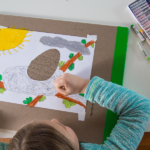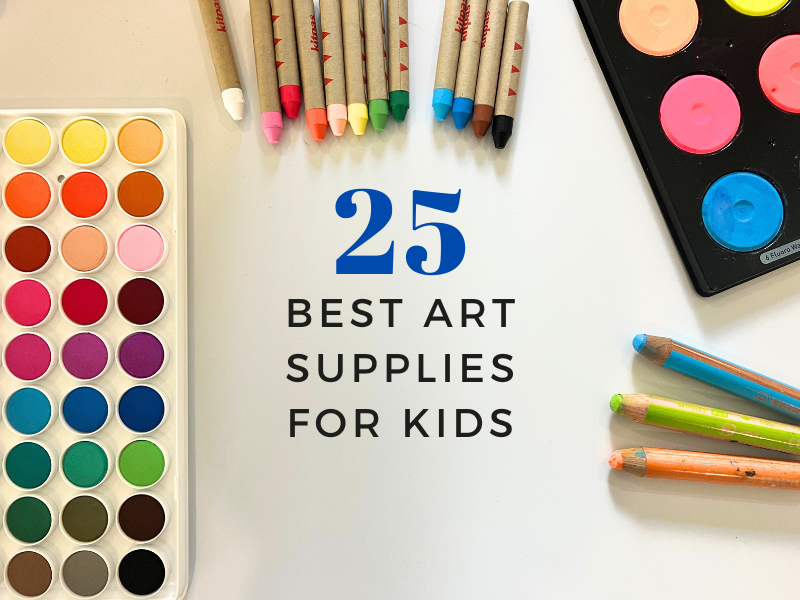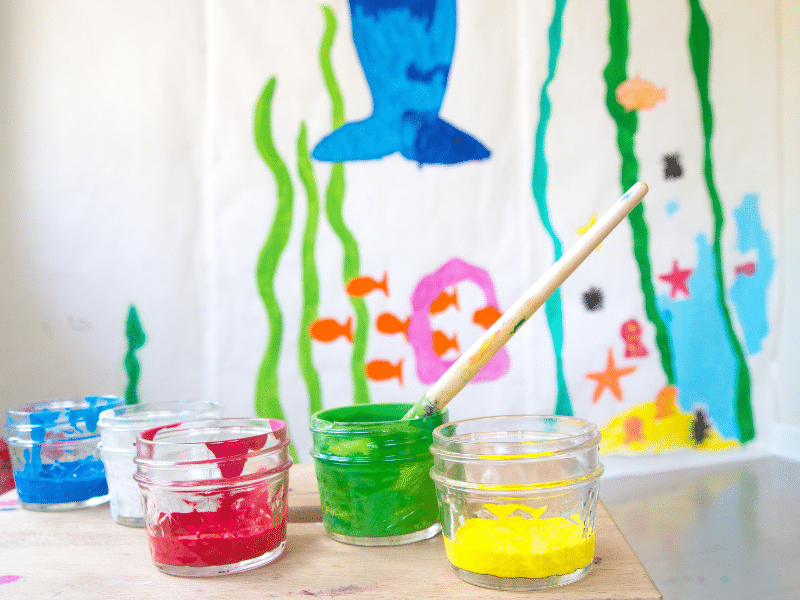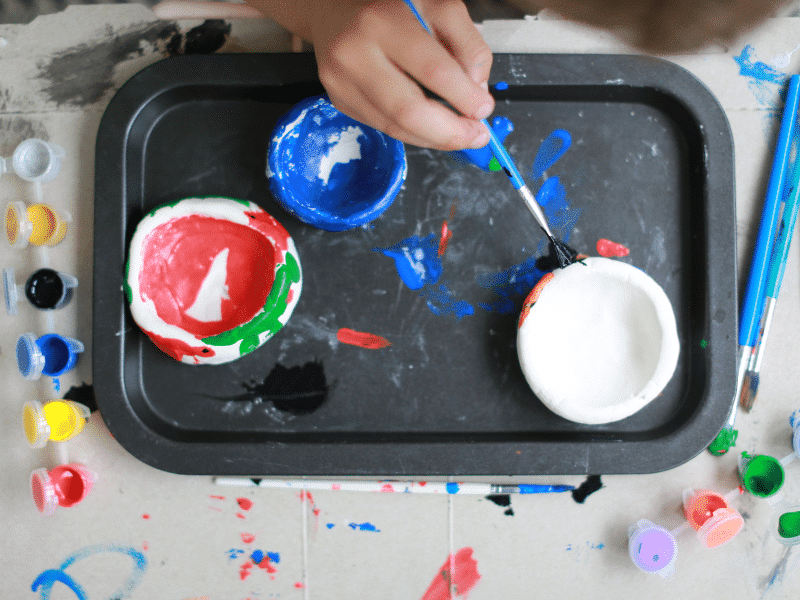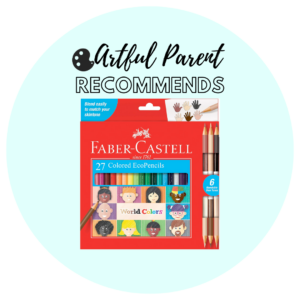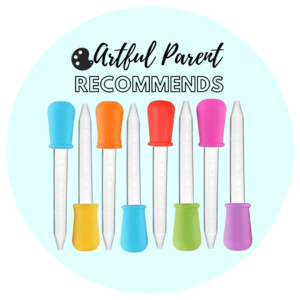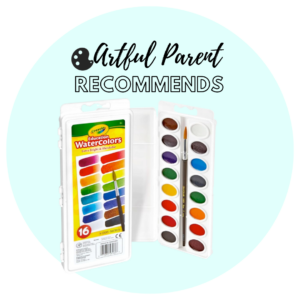Reprinted with permission from her book, Young at Art: Teaching Toddlers Self-Expression, Problem-Solving Skills, and an Appreciation for Art.
1. Let go of your own expectations of how an art project should be completed, and let the child's imagination decide how the art materials will be used. (Instructions can prevent exploration, which is the essence of creative thinking.)
2. Never draw, paint, or write on a child's artwork. (The child's own art is more important than any contribution you can make and it may discourage age-appropriate work.)
3. Never point out accidental similarities to realistic objects. (This can distract from the value of the kinesthetic activity of the project.)
4. Never show a child "how" to draw, or entertain a child by making realistic pictures. (These lessons can quickly become substitutes for creative exploration.)
5. Don't ask "What is it?" or "What are you making?" ("What" it is in not as important as "how" it is being made.)
6. Never give a child coloring books, dot-to-dot, magic paint with water, molds, drawing machines, drawing computers, or similar anti-art toys. (There is no value for a child in completing something another person created.)
7. Never encourage children to participate in art contests or other forms of competition that pit child against child. (Children benefit most from setting their own goals and competing with themselves.)
8. Encourage a child to come up with many different solutions to problems, rather than only one correct answer. (In life there is rarely only one "correct" solution to problems, and sound art experiences can teach children how to solve problems.)
9. Don't scold for drawing on unacceptable surfaces. Offer paper and say, "Oh good. I see you feel like drawing." (Emphasize the positive–your child wants to draw–and provide an acceptable substitute surface.)
10. Do not rush a child to the next level of development. (Each stage is important and there is no advantage gained by rushing through one stage to reach another.)
Related Posts
-
Creative Art Ideas for Kids Using Holes in Paper
These creative art ideas for kids will challenge their thinking and art making. You may…
-
12 Creative Marker Drawing Ideas for Kids
Here are our favorite marker drawing ideas for kids. They use a childhood favorite art…
-
Hole in Paper Art for Kids
Hole in paper art activities for kids encourage them to think and create differently. Kids…



